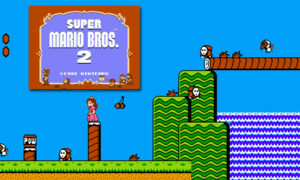Popular Social Media Sites That Lost Their Luster
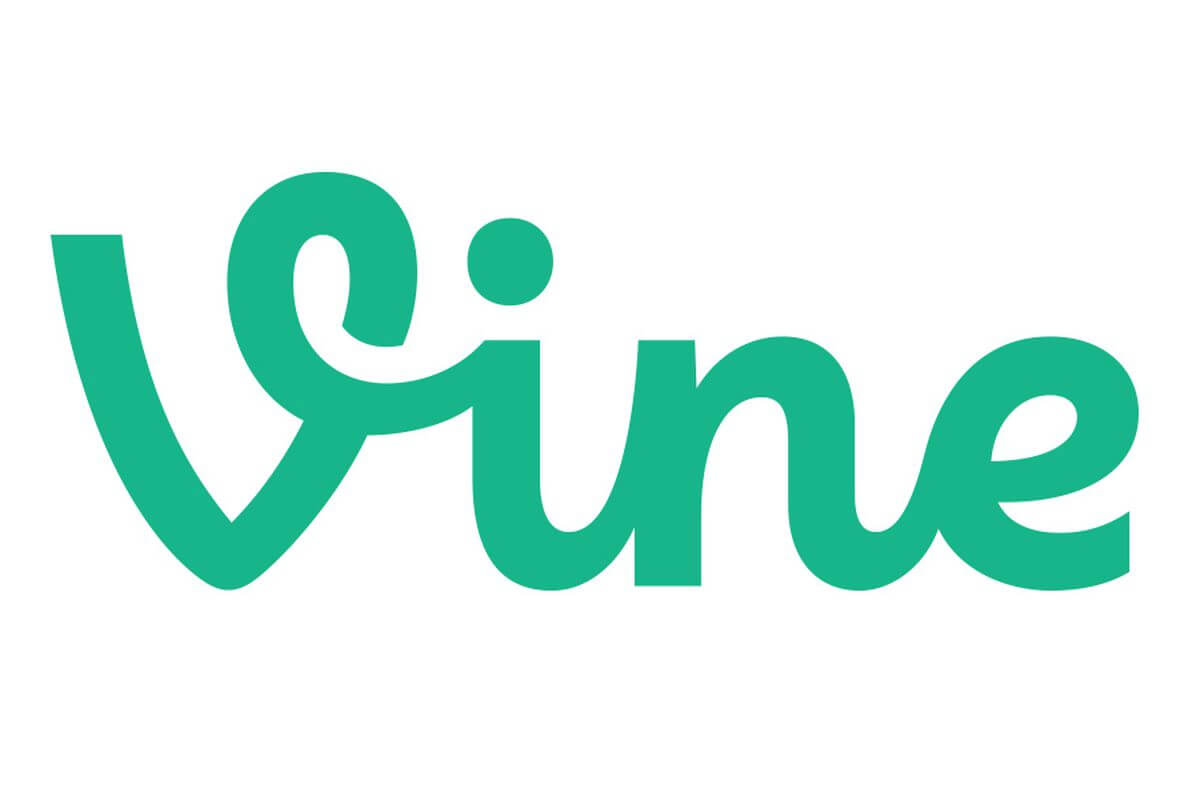
Explore the decline of popular social media sites that once dominated the online world. Find out what led to their loss of luster and user engagement.
Here’s a list of popular social media sites that no longer exist—some were once giants, while others faded into obscurity. These platforms had their moments but shut down due to competition, financial issues, or changing trends.
1. MySpace (Still Exists but Irrelevant)
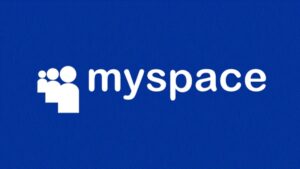
MySpace was a pioneering social networking site launched in 2003 by Tom Anderson and Chris DeWolfe. It quickly became one of the most popular websites in the mid-2000s, peaking around 2005-2008, before being overtaken by Facebook.
- Peak: Mid-2000s
- Why It Died: Facebook’s rise, poor redesigns, and loss of user interest.
- Fun Fact: Tom (the default friend) was one of the co-founders.
2. Vine (2013–2017)
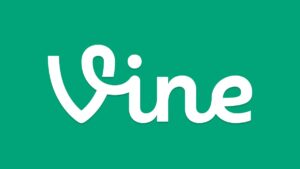
Vine was a short-form video-sharing app launched in 2013 by Dom Hofmann, Rus Yusupov, and Colin Kroll. It allowed users to create and share 6-second looping videos, fostering a new era of internet comedy and viral content.
- Peak: 2015
- Why It Died: Twitter (its owner) shut it down due to monetization struggles.
- Legacy: TikTok and Instagram Reels now dominate short-form video.
3. Google+ (2011–2019)

Google+ (pronounced “Google Plus”) was a social networking platform launched by Google in June 2011 as a competitor to Facebook and Twitter. Despite heavy initial hype, it failed to gain mainstream adoption and was officially shut down in April 2019 after multiple privacy controversies.
- Peak: Never really took off
- Why It Died: Low engagement, forced integration with YouTube, and privacy issues.
4. Friendster (2002–2015)

Friendster was one of the first major social networking sites, launched in 2002 by Jonathan Abrams. Predating Facebook and MySpace, it gained massive popularity in the early 2000s, particularly in Southeast Asia, before declining due to technical and competitive challenges.
- Peak: Early 2000s
- Why It Died: Out competed by MySpace and Facebook; pivoted to gaming before shutting down.
5. Orkut (2004–2014)

Orkut was a social networking platform launched by Google in 2004, named after its creator, Orkut Büyükkökten. It gained massive popularity in Brazil and India before being shut down in 2014.
- Peak: Popular in Brazil & India
- Why It Died: Google focused on Google+ and abandoned it.
6. Bebo (2005–2013, Revived Briefly)

Bebo (short for “Blog Early, Blog Often”) was a social networking site launched in 2005 by Michael and Xochi Birch. It gained rapid popularity in the UK, Ireland, Australia, and New Zealand as a competitor to MySpace and Facebook before declining and undergoing multiple revivals.
- Peak: Big in the UK & Ireland
- Why It Died: Sold multiple times, couldn’t compete with Facebook.
7. Periscope (2015–2021)

Periscope was a live video streaming app launched in 2015 by Kayvon Beykpour and Joe Bernstein. It was quickly acquired by Twitter (before its public release) and became a pioneer in mobile live broadcasting before shutting down in 2021.
- Peak: Early live-streaming hype
- Why It Died: Twitter integrated live video into its main app and shut it down.
8. Yik Yak (2013–2017, Revived in 2021 but Dead Again)
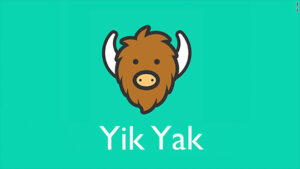
Yik Yak was an anonymous, location-based social media app launched in 2013 by Tyler Droll and Brooks Buffington. It gained viral popularity on U.S. college campuses before shutting down in 2017 (with a failed revival in 2021).
- Peak: Anonymous college chat app
- Why It Died: Cyberbullying issues, bans on campuses, and lack of moderation.
9. Ello (2014–Still Exists but Forgotten)
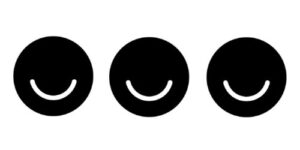
Ello was an ad-free, minimalist social network launched in 2014 by Paul Budnitz and Todd Berger. Marketed as the “anti-Facebook,” it gained brief viral fame as a privacy-focused, artist-friendly platform before fading into niche obscurity.
- Peak: “Anti-Facebook” hype
- Why It Died: No ads, but also no revenue model—became a niche art site.
10. Ping (Apple’s Social Music Network, 2010–2012)

Ping was Apple’s short-lived music-focused social network, launched in 2010 alongside iTunes 10. Designed as a platform for artists and fans to connect over music, it shut down just two years later in 2012 due to low adoption and stiff competition.
- Peak: Briefly popular among musicians
- Why It Died: Poor integration, overshadowed by Spotify & Twitter.



